“ President Of The Philippines “
“Head
Of State And Government”
The President Of The Philippines toils for the common good. Philippine laws have mandated him/her as head of state and government of the Republic of the Philippines.
Here’s the Seal of the President…
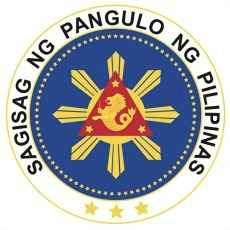
The nuances of Philippine history regarding the office of the President of the Philippines have remained wanting to this day. Two questions stand out…
Please read on…
Impressions Of History
Some historians deemed Andres Bonifacio the de facto first President of the Philippines. Others didn’t, they who told government... and government believed.
Andres Bonifacio, 1863-1897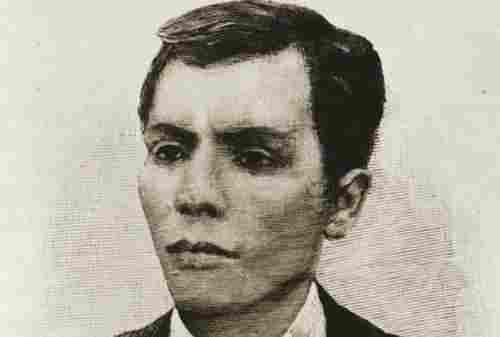
Two other revolutionary leaders, Macario Sacay and Miguel Malvar, possessed the same President of the Philippines qualitative honors as Bonifacio.
|
Sakay, 1870-1907 |
Malvar, 1865-1911 |
In short…
Three genuine patriots did not make the cut… because the arbiters
decided otherwise. Who would judge the arbiters? Were they right? Pardon me –
these questions could haunt or even hang judges.
Philippine Politics And The Presidency
The current Philippine multi-party political landscape is embarrassing. Political parties have no ideology and clear platform of government. Turncoats proliferate.
Politicians forget the meaning of the common good… corruption impaired many of them. The usual results? A chaotic party system which, among others, produces a minority president.
Since a minority Philippine President does not enjoy psychological support of
majority of the voters, the national psyche is misaligned.
Each Philippine President Deserves Acclaim
In one way or another, each Philippine President has succeeded for the country during his/her term. Let’s see…
Emilio Aguinaldo, 1869-1964
His insistence for the Americans to commit into paper the promise of independence is a national pride.
Aguinaldo (Term: 1898-1901)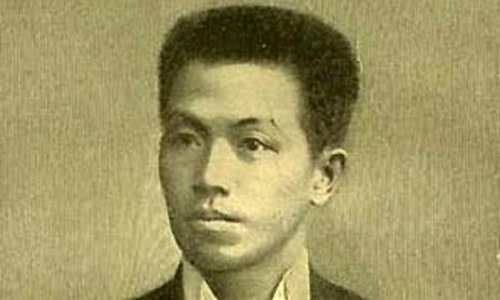
Manuel Quezon, 1878-1944
He asserted a Philippines run like hell by Filipinos rather than a Philippines run by Americans.
Jose Laurel, 1891-1959
He managed to keep alive and resolute the Filipino national identity during WWII.
Sergio Osmeña, 1878-1961
Integrity and honesty in office was his greatest legacy to the Filipinos.
Manuel Roxas, 1892-1948
He established a government credit institution to rescue the country from bankruptcy as a result of the heavy damage in WWII.
Elpidio Quirino, 1890-1956
He rejected foreign influences in government affairs and restored peace and order during his term.
Ramon Magsaysay, 1907-1957
He asserted that the poor should have more in law. He quelled the Huk rebellion during his time.
Carlos P. Garcia, 1896-1971
His ‘Filipino First’ policy in the enjoyment of the national patrimony is unsurpassed to this day.
Diosdado Macapagal, 1910-1997
He changed the National Independence Day from July 4 to June 12.
Ferdinand Marcos, Sr., 1917-1989
His strategy to develop the country’s physical economy is remains unsurpassed. He served the longest as President of the Philippines.
Marcos, Sr. (Term: 1965-1986)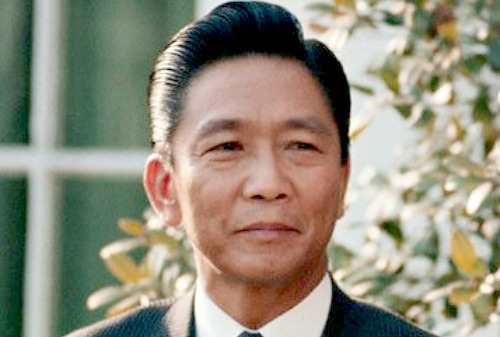
Corazon Aquino, 1933-2009
Her honesty and integrity in office provided an example for succeeding Presidencies and all levels of government to emulate.
Fidel Ramos, 1928 - Present
He institutionalized the concept of people empowerment in handling government affairs.
Joseph Estrada, 1937 - Present
He rejected sovereign guarantees for private projects predominantly funded from outside.
Gloria Arroyo, 1947 - Present
Her ‘One Town One Product’ (OTOP) strategy is her invaluable legacy to the country.
Benigno Aquino III, 2010 – present
He commits to eliminate corruption in government. He is the first bachelor Philippine President.
Aquino III (Term: 2010-Present)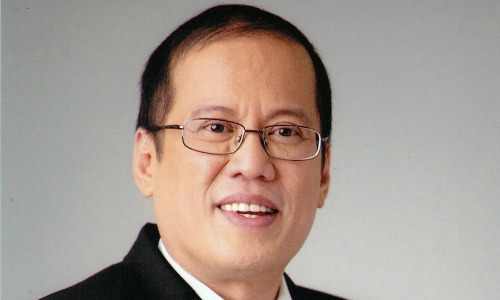
Into the Future
I have a personal view that a weak-bound Philippine President will continue to ride into the future if…
However, out there in
2040, when 4 presidential terms shall have eradicated the foregoing, a bright
Philippines is indeed worth hoping for.
The Wrap Up
The President Of The Philippines with all the impressions of history deserves acclaim for her/his headship of the nation and government.
In spite of negative political realities, the Philippine President must proceed with his mandate.
It's inspiring to see a Philippine President who goes beyond political coalitions… beyond the stigma of the multi-party system and political dynasty.
Setting politics aside, here's an invitation.
Come SEE, LIVE OR INVEST IN THE PHILIPPINES.
Like this page?
Return from President Of The Philippines page to Philippines Government page
Return from President Of The Philippines page to Top
Destination Choice The Philippines
Home Page
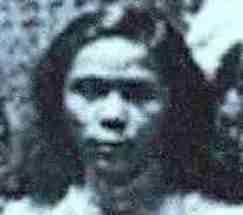
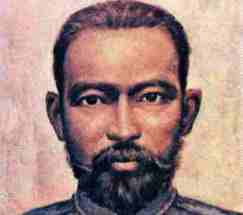







New! Comments
Have your say about what you just read! Leave me a comment in the box below.